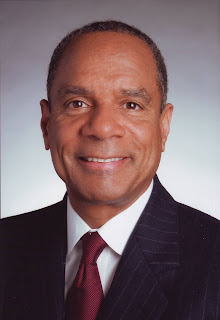Do firms follow the letter of the law? They are supposed to, and they usually do. Do firms follow the spirit of the law? Sometimes, and especially when their executives agree with it. These are general and obvious statements, but it was only recently that we learnt how far firms will go in following the spirit of the law. Suppose that a US firm is in a state that just passed a law banning the affirmative action practices that help minorities get hired and promoted in most of the nation. Will the firm continue to hire and promote as before, or will it make changes?
The question is important for many careers. Black and Hispanic employees are only half as likely to become managers as White employees. Affirmative action policies were put in place to even these odds, and affirmative action bans are promoted by politicians who want to counter the movement towards fair employment practices. In nine states, such bans were passed. But did the bans have any effects? Research by Letian Zhang published in Administrative Science Quarterly answers this question.The key feature of affirmative action bans is that they don’t ban firms from doing affirmative action – they only ban the public sector from doing so. But they can still serve as normative cover for firms and executives who are against affirmative action and similar equal employment opportunity practices, and so inspire them to weaken or even roll back any affirmative action practices they are doing. Did this happen?
Yes, definitely. The proportion of Black managers in a firm is a sensitive indicator of equal opportunity practices, and it showed clear differences between firms that were in a state banning affirmative action and firms in a state that did not ban it. For comparable establishments, the proportion of Black managers dropped by 0.63 percentage point, with most of this drop experienced by Black women. When interpreting this number, keep in mind that the proportion of Black or African American people in the US is 12.4 percent, so a drop of 0.63 percentage point is roughly a 20-percent drop relative to the population.
This difference was not the same across firms, however, because the political views of the Chief Executive Officers made a difference. Most of the drop in the proportion of Black managers was a result of firms with conservative CEOs, which saw a drop of 0.93 percentage points in the proportion of Black managers, compared to firms in states without affirmative action bans. Again, compare with the drop in all firms combined (0.63) and the total proportion (12.4), and the difference is clear.
So, the law is not just a law but also a signal. But signals are not for everyone; they are followed by those who are most alert to them and friendliest to their message. That, of course, is the whole point of passing a law that only some of the many organizations in a state need to follow. Signals are symbols, and symbols matter.
